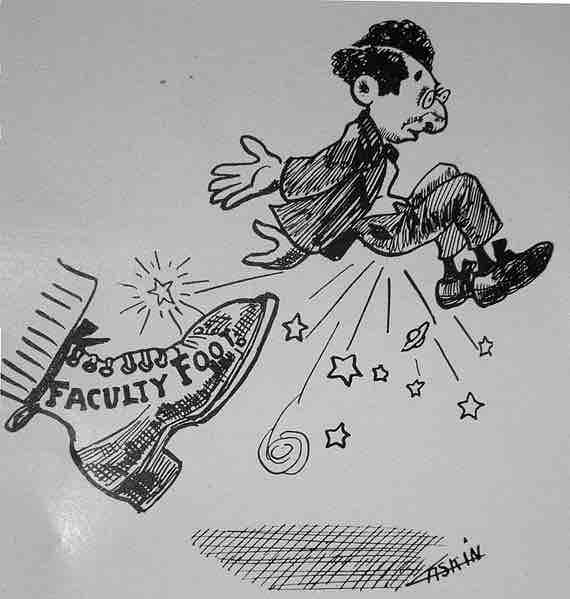Employee discipline problems can be minimized by ensuring that organizational policies are clearly communicated to employees. Consequences for violating organizational policies must be clearly communicated so that employees know and understand them. Organizations must create strong, clear disciplinary policies and enforce them when needed. In addition, organizations must prohibit discrimination and harassment by creating clear and detailed written policies.
Types of Discipline
Corrective discipline and progressive discipline are the two most common disciplinary systems in the workplace:
- First, progressive discipline sets forth clear but general steps that must be completed for all infractions. This limits the disciplinary actions that can be taken against an employee by referencing the employee's prior disciplinary history. This system has the advantage of eliminating most disparate treatment claims, since everyone receives the same disciplinary steps regardless of other factors.
- Second, corrective discipline allows managers more flexibility and permits the manager to tailor disciplinary action to fit different situations. This flexibility does not remove the onus on the manager and the organization at large to ensure that similar cases are treated equally. Review of disciplinary actions falls to the HR department to ensure that employees experience no disparate treatment. This is key to avoiding legal charges of inequitable treatment: HR has a very important organizational role in preventing long-term issues and potentially high costs.
Documentation of Discipline
Documentation is crucial in cases of employee discipline. If an employee is penalized or fired for an infraction that the organization cannot document, s/h might file–and win—a wrongful termination suit. This is particularly true when performance appraisals are not detailed enough.
A lack of consistency in disciplinary procedures is equally dangerous for organizations. If employees receive different disciplinary responses to the same infraction, the organization can be found liable for discrimination even when none was intended. Aggravating and mitigating factors should be considered and documented in each situation. This means that all disciplinary procedures must be well-documented and fairly applied.
Methods of Discipline
There are four main methods of discipline for employee failures and poor conduct: verbal counseling, written warning, suspension, and termination. Other less common forms of discipline include demotion, transfer, and withholding of bonuses.

Termination
This cartoon shows a professor being terminated from university employment. Termination is the last of disciplinary options.
- Verbal counseling is typically the first response to an infraction. A verbal warning must be administered to the employee in private and as objectively as possible. The presence of one management-level witness, preferably an HR professional, is recommende. Any verbal counseling must be documented in writing in the employee's personnel file.
- A written warning is usually the next level of discipline and typically follows a verbal warning. After the employee has received a written warning and has had time to review it, there should be a private meeting between the manager and the employee and a witness (and the employee's representative if s/he has one). Disciplined employees should sign the written warning to show that they received it, and should be informed that signing the warning does not indicate that they agree with it. Should the employee refuse to sign, the witness can sign to acknowledge that they observed the meeting and the employee's refusal to sign.
- The next form of discipline is typically suspension. This is usually unpaid and varies in length. Paid suspensions can function in practice as inadvertent rewards for disciplinary infractions and should be avoided. Whether the suspension leads automatically to termination upon the next infraction is up to the employer. Generally if there are multiple suspensions they should increase in length and ultimately result in termination. Whatever procedure an organization adopts, it should be clear about the next step, whether suspension or termination. All of this must be documented in writing.
- Termination is the last disciplinary step. Before taking this step a manager should review employee files to ensure that this is an appropriate step and that similar action has been taken in similar circumstances before. Some behavior should automatically give rise to termination regardless of context. Violence and threatened violence, drug or alcohol use in the workplace, bringing weapons onto organization property, ignoring safety regulations, stealing, falsifying documents, and abandoning a job (no call, no show for three consecutive days) are all grounds for immediate termination. Any other course of action puts the organization and other employees at risk.